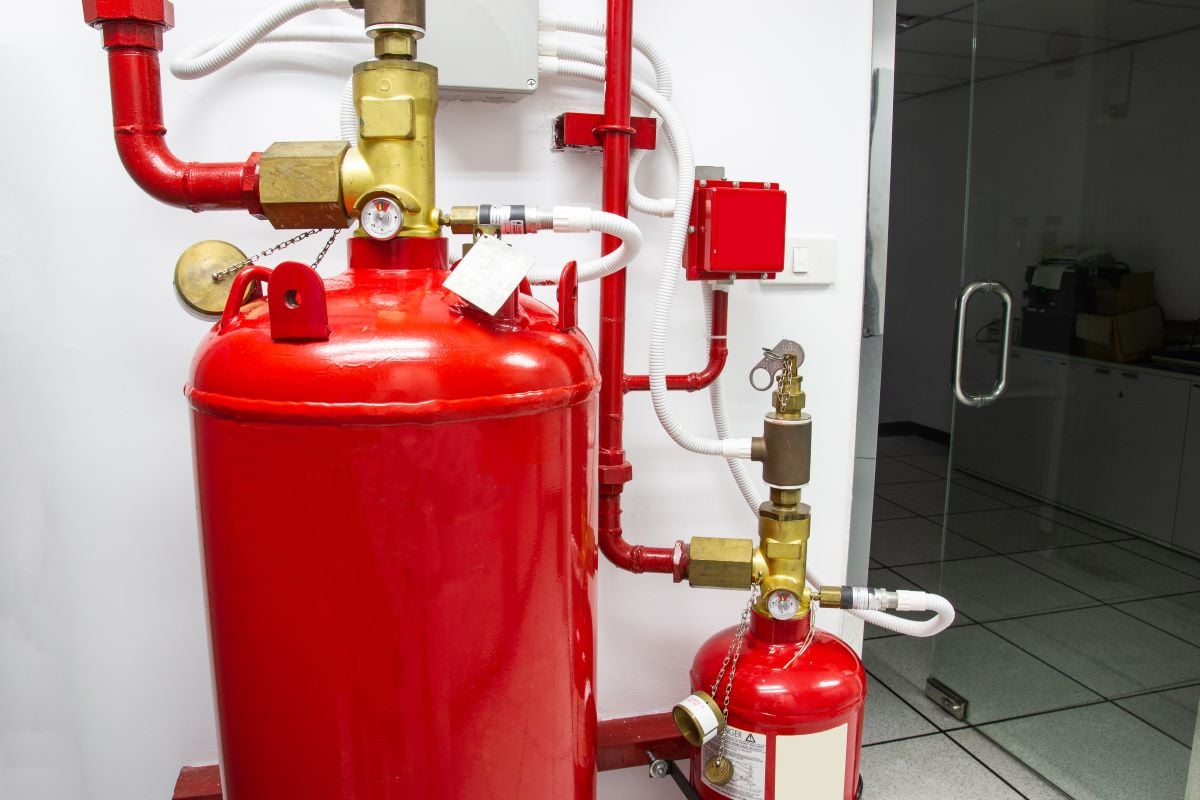
Fire suppression systems act as vigilant guardians against fires' destructive force, providing a proactive approach to life safety and property protection. In this comprehensive overview, we'll explore the key aspects of fire suppression systems, shedding light on their types, components, and the critical role they play in mitigating fires' impact.
- Understanding the Purpose of Fire Suppression Systems
At their core, fire suppression systems swiftly and effectively control or extinguish fires, preventing them from spreading and causing widespread damage. Unlike traditional firefighting methods that rely on human intervention, fire suppression systems offer an automated response, minimizing response time and reducing the risk of catastrophic outcomes.
- Types of Fire Suppression Systems
There are several types of fire suppression systems, each tailored to specific environments and fire hazards. Common types include:
- Water-Based Systems: These systems use water as the primary extinguishing agent and are suitable for common combustibles like wood and paper.
- Gas-Based Systems: These systems utilize gases such as carbon dioxide or clean agents like FM-200, Novec 1230, and inert gas. They are effective in suppressing fires without leaving residue, making them suitable for sensitive electronic equipment.
- Foam-Based Systems: Foam suppresses fires by smothering them and preventing the release of flammable vapors. These systems are ideal for flammable liquid fires.
- Dry Chemical Systems: These systems use dry chemical agents like ABC powder and are versatile and effective against a range of fire types, including flammable liquids and electrical fires.
- Components of Fire Suppression Systems
Understanding the components of a fire suppression system is crucial for grasping how these systems function. Key components include:
- Detectors: These devices sense the presence of smoke, heat, or flames, triggering the suppression system's activation.
- Control Panel: The control panel serves as the brain of the system, receiving signals from detectors and initiating the release of extinguishing agents.
- Extinguishing Agents: The choice of extinguishing agent depends on the type of fire the system is designed to combat. It could be water, gas, foam, or dry chemical agents.
- Piping and Nozzles: The piping distributes the extinguishing agent to the designated areas, while nozzles ensure proper dispersal for effective coverage.
- Importance of Proper System Design
The effectiveness of a fire suppression system hinges on its proper design. Factors such as the occupancy type, fire hazards, and space layout influence the system's design. A well-designed system considers these variables to ensure optimal coverage and a rapid response to potential fire incidents.
- Maintenance and Inspection
Regular maintenance and inspection are paramount for the reliability of fire suppression systems. Routine checks, testing, and timely replacements of components ensure that the system is always ready to respond effectively. Neglecting maintenance can compromise the system's functionality, leading to potential failures during critical moments.
- Regulatory Compliance
Fire suppression systems must comply with local and national regulations. These regulations dictate the standards for system design, installation, and maintenance. Ensuring compliance is not only a legal obligation but also a crucial aspect of guaranteeing the system's effectiveness in real-world scenarios.
- Benefits of Fire Suppression Systems
Investing in a fire suppression system offers numerous benefits, including:
- Life Safety: Protecting occupants and first responders from the immediate dangers of a fire.
- Property Protection: Minimizing damage to buildings, equipment, and valuable assets.
- Business Continuity: Ensuring businesses can resume operations quickly after a fire incident.
- Reduced Insurance Costs: Many insurance providers offer reduced premiums for properties equipped with effective fire suppression systems.
A Proactive Approach to Safety
Fire suppression systems epitomize a proactive approach to fire safety. By combining advanced detection technologies, carefully chosen extinguishing agents, and meticulous system design, these systems provide a swift and automated response to potential fire threats. As we navigate the landscape of modern safety solutions, fire suppression systems stand as stalwarts, safeguarding spaces and lives with precision. Talk to a Koorsen Fire & Security professional today to see how a fire suppression system could be instrumental in your fire safety setup.


